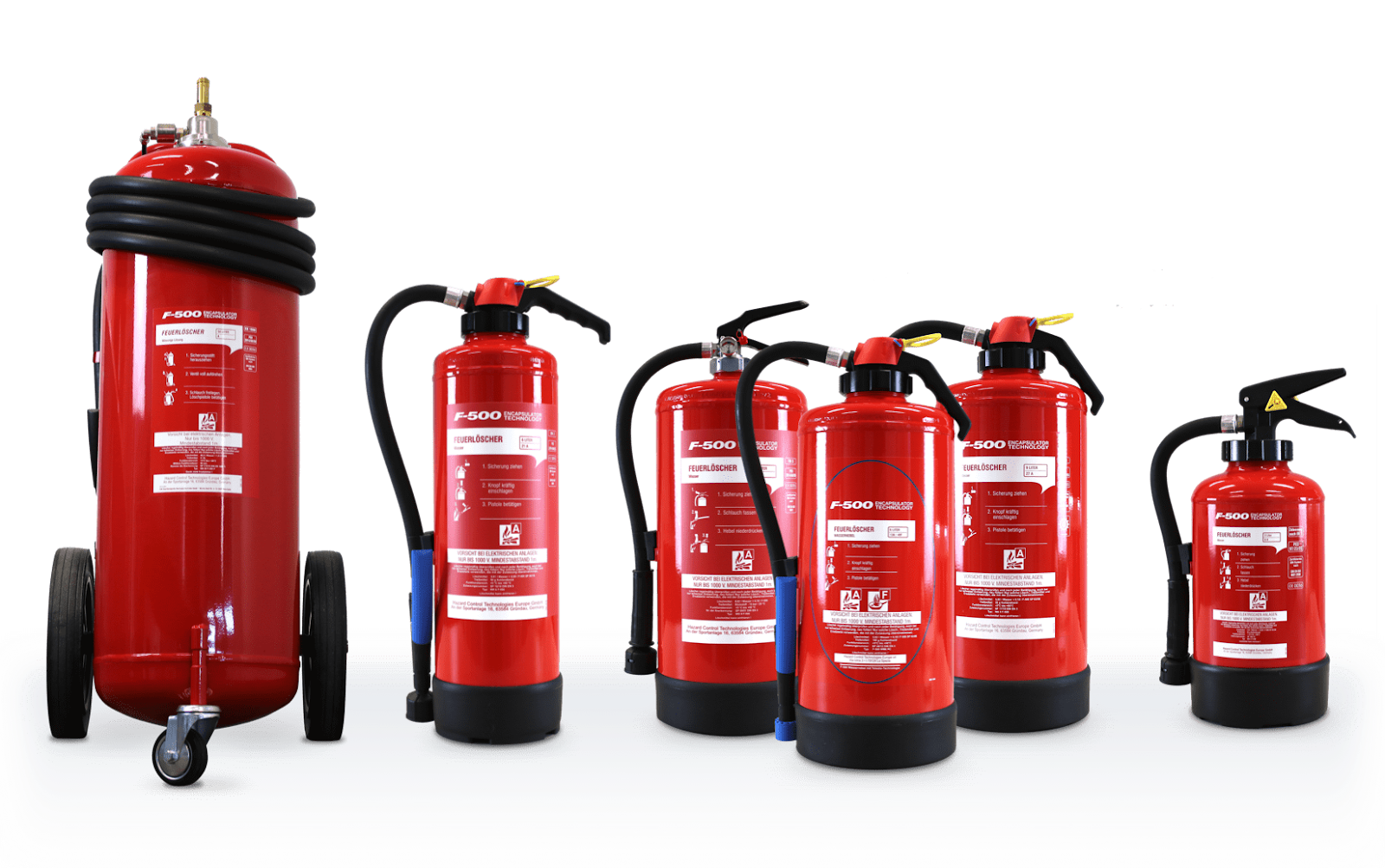Ensuring Safety in Hazardous Environments: Mask for Smoke, Firefighter Gas Mask, Lithium Fire Intervention Mask, and Fire Extinguishers
Firefighting and dealing with hazardous environments require specialized equipment to ensure the safety and effectiveness of responders. This blog explores the critical tools used in these situations, including masks for smoke, firefighter gas masks, lithium fire intervention masks, and various types of fire extinguishers.
Mask for Smoke
Masks for smoke are essential for anyone exposed to smoke-filled environments. These masks are designed to filter out harmful particulates and toxic gases, providing breathable air in dangerous situations. They typically feature high-efficiency particulate air (HEPA) filters or activated charcoal filters to trap smoke particles and chemicals. Whether used by firefighters, rescue personnel, or civilians in emergency situations, these masks are crucial for protecting respiratory health and preventing smoke inhalation.
Firefighter Gas Mask
A firefighter gas mask is a specialized piece of equipment designed to protect firefighters from hazardous gases and smoke encountered during firefighting operations. These masks are equipped with advanced filtration systems that can remove toxic gases, particulates, and vapors from the air, ensuring that firefighters can breathe safely while navigating smoke-filled buildings and environments. The masks also provide a secure fit and are often integrated with communication systems to maintain clear communication in emergency situations.
Lithium Fire Intervention Mask
The Lithium Fire Intervention Mask is designed specifically for dealing with fires involving lithium-ion batteries. These fires can release a variety of toxic gases and particles, making them particularly dangerous. The mask is equipped with filters capable of capturing these hazardous substances, protecting the wearer's respiratory system. This mask is essential for firefighters and emergency responders who may encounter lithium battery fires in settings such as electric vehicle accidents, electronics manufacturing facilities, and renewable energy storage sites.
Fire Extinguisher
Fire extinguishers are indispensable tools for combating fires in various environments. Different types of fire extinguishers are designed to handle different classes of fires:
Lithium Battery Fire Extinguishers: These are specifically designed to extinguish fires caused by lithium-ion batteries. They use specialized agents, such as dry powder or chemical suppressants, to effectively smother the fire and prevent reignition.
F500 Fire Extinguishers: The F500 extinguisher is a versatile tool that can handle multiple types of fires, including those involving lithium-ion batteries. It uses a unique encapsulating agent that cools the fire and prevents thermal runaway, making it highly effective in a range of fire scenarios.
Standard Fire Extinguishers: These include water, foam, CO2, and dry powder extinguishers, each suitable for different classes of fires (A, B, C, D, and K). Having the appropriate type of extinguisher on hand is crucial for effectively managing and extinguishing fires.
Conclusion
The importance of having the right protective equipment and firefighting tools cannot be overstated. Masks for smoke, firefighter gas masks, lithium fire intervention masks, and various fire extinguishers play vital roles in ensuring the safety of responders and the effective management of hazardous situations. By understanding the functions and applications of these tools, individuals and organizations can be better prepared to handle emergencies and protect lives and property.

Comments
Post a Comment